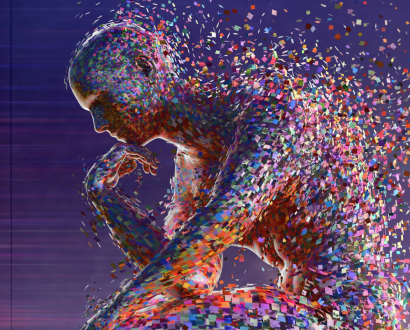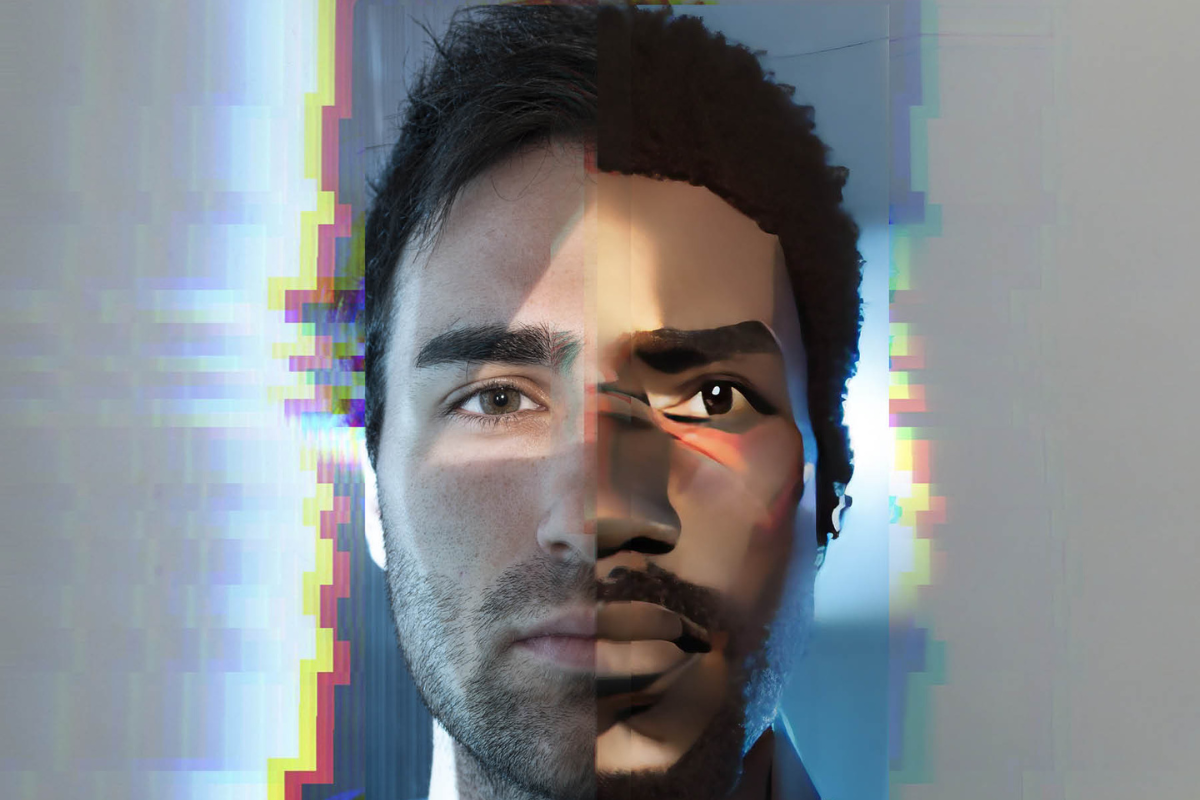How generative AI is reshaping brand marketing

Today’s ever-evolving business landscape has seen generative AI emerge as a transformative force. Powered by sophisticated algorithms and vast datasets, generative AI programs autonomously produce a wide array of content such as images, text and even music through simple user prompts.
These tools are particularly impacting the advertising and marketing industries as brands are forced to consider how they will choose to engage consumers in this increasingly artificial online sphere.
While some companies remain in a ‘wait and see’ stance, others are fully embracing the technology. Some are even venturing into the realm of employing AI influencers – individuals who don’t physically exist and whose profiles feature a constant stream of artificially generated imagery – to grow and promote their brand.
So how is this technology already transforming the realm of brand marketing and what lies ahead for companies wanting to expand and connect with this cutting-edge innovation?
"Generative AI has probably had a fire lit under it like no other in terms of the innovations that we’ve seen pop up over the last few years," says Suzie Shaw, CEO of the Australian division of socially led creative agency We Are Social, which aims to help clients engage effectively with culture in today’s social media-driven era.
"Behind every brand and every marketing campaign or initiative, there is a lot of thinking that consumers don’t see," Shaw says. "That thinking is always going to be required if the output is going to be as good as it currently is and certainly if it’s going to get better."
The first artificial influencer
We Are Social has consistently positioned itself at the forefront of embracing new technologies, pioneering many initiatives like the recruitment of computer-generated model Lil Miquela for a Samsung Galaxy campaign in 2019.
Lil Miquela, widely seen as the first major online artificial influencer, was developed by American AI transmedia studio Brud. Since her first social media post in 2016, estimates suggest that Lil Miquela now generates over US$10 million annually for her creators through a blend of exclusive partnerships, sponsored social media posts and brand ambassadorship roles.
Her remarkable success underscores the public’s apparent willingness to embrace artificiality in the digital era. But despite the success of Lil Miquela and others in the space, Shaw emphasizes that the demand for online authenticity will always remain a significant factor for brands charting their future navigation of the market.
"No one wants to interact with a person or a thing that feels fake, and so generating a level of authenticity will be as challenging with AI as it is, or even more so than with a real person," she says.

"Generative AI has probably had a fire lit under it like no other in terms of the innovations that we’ve seen pop up over the last few years." – Suzie Shaw
What an AI influencer gives to brands, she adds, is a level of flexibility and scalability.
"But it still requires you to build an audience, that’s a big challenge and that will continue to be a big challenge."
In Shaw’s view, the industry is currently still in a discovery phase with AI as brands, marketers and creative agencies all work to refine their best practices to fully harness the technology.
This includes mastering the art of prompt engineering, where strategic input queries are finely crafted to guide and shape the generated output of AI systems, aiming for outcomes that are both highly developed and set apart from the competition.
"Previously, we had an analog approach to strategizing and creative development and we’re now needing to learn the more generative AI approach to these things," Shaw explains. "Otherwise we are at risk of ending up with a whole lot of generic output."
Consumer-led change
Despite the marketing industry’s current experimentation phase with generative AI, Shaw believes that the trajectory of its broad deployment will still be decided by consumer behavior, preferences and ultimately whatever will build the largest audience.
"An absolute unknown in any marketing initiative is how consumers will respond, especially when it comes to things that are born and bred on the internet," she says. "You could come up with the most fabulous generative AI-built thing and if consumers don’t immediately respond, then all that thinking could be redundant."
So far, at least, consumer interest appears to be overwhelmingly positive, keeping pace with the latest iterations of the technology.
Just recently, OpenAI, a leading developer in the generative AI space, introduced Sora: a text-to-video model, capable of crafting detailed video scenes from concise text prompts. Sora’s launch sparked widespread excitement on social media over its already advanced capabilities and potential future applications.
"With AI, the whole industry has exploded and we are seeing actual solutions for real problems," explains Manolis Perrakis, director of We Are Social’s global innovation and future strategy division .XYZ. "It is not an overhyped technology and, eventually, AI will be in everything that we’re using."
"With AI, the whole industry has exploded and we are seeing actual solutions for real problems." – Manolis Perrakis
One company that has fully embraced the potential of this era is Lalaland.ai, a studio headquartered in Amsterdam that uses generative AI to provide brands and retailers with the capability to create unique, hyper-realistic digital models.
"You’ll be surprised if you go online today of how many brands are already using AI models," says Michael Musandu, CEO and Co-Founder of Lalaland.ai. "Instead of having to hire real models, photographers, and makeup artists, in just 5–10 minutes, brands can generate an ‘on-model’ image which is unprecedented.
"It’s not gimmicky, it’s something that’s actually commercially ready to actually be used and embedded."
So what does this shift mean for the future of human influencers and even traditional models in general? Is artificial replacement an inevitability for these figures in the digital space?
"We see this technology as a way to supplement all traditional photography, so it’s not going to be a replacement," Musandu adds. "You will still need real models that have genuine connection with consumers."
Honest governance
For Patrick Whitnall, Managing Director of the Australian Influencer Marketing Council, known as AiMCO, the benefits of AI in the industry must be developed within a clear regulatory framework that enhances transparency.
AiMCO is a representative body of various stakeholders engaged in influencer marketing, celebration and collaboration to improve the industry’s best practices.
"At the moment, if you work with human influencers, brands are increasingly dependent on it being a rented relationship," Whitnall explains.
"What we’re seeing with AI is it starts to negate the need for expensive, slow design work, licensing and usage costs and, over time, allows brands to build their own assets and audiences in the influencer space."
"Whether it’s a human or whether it’s an AI, authenticity is key." – Patrick Whitnall
While this cost-benefit and IP ownership appeal for brands is obvious, Whitnall believes it is imperative that a form of honest governance of AI-generated content is broadly adopted in the future.
"I think there needs to be disclosure to say that ‘this [image or video] has been AI generated," he says. "When I see AI influencers on Instagram, most of them say they are either ‘powered by AI’ or ‘I am an AI’, so whoever’s creating them, they are already being upfront and honest."
Even in such an exciting space, Whitnall believes the same rules, approaches and regulations that govern human influencers should apply.
"Whether it’s a human or whether it’s an AI, authenticity is key as disclosure and transparency are both so important in the influencer industry already."
Insightful words for brands and businesses alike to ponder as they navigate the rapidly evolving digital landscape and consider just how far they are willing to embrace this powerful – and almost inevitable – future of artificiality.